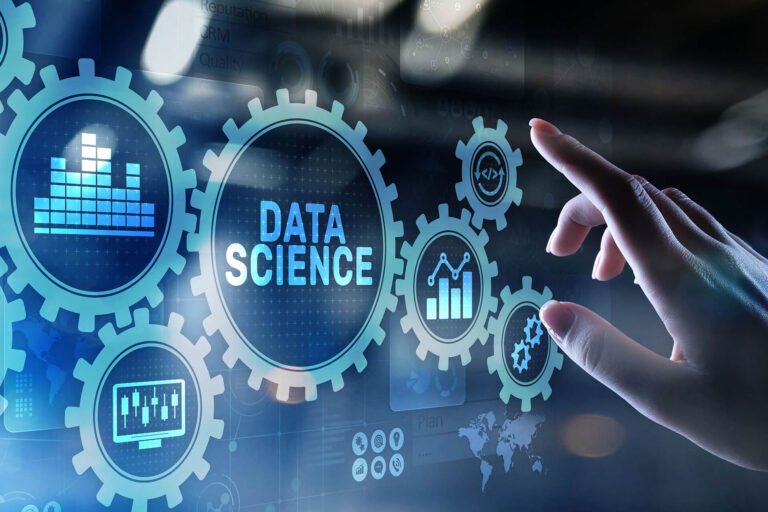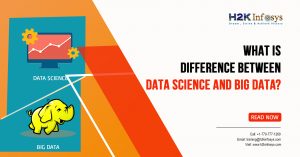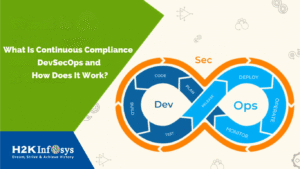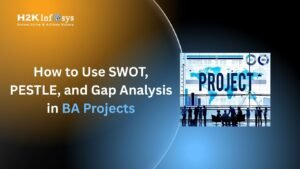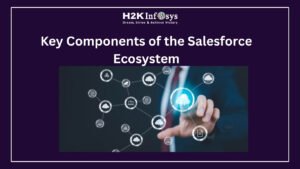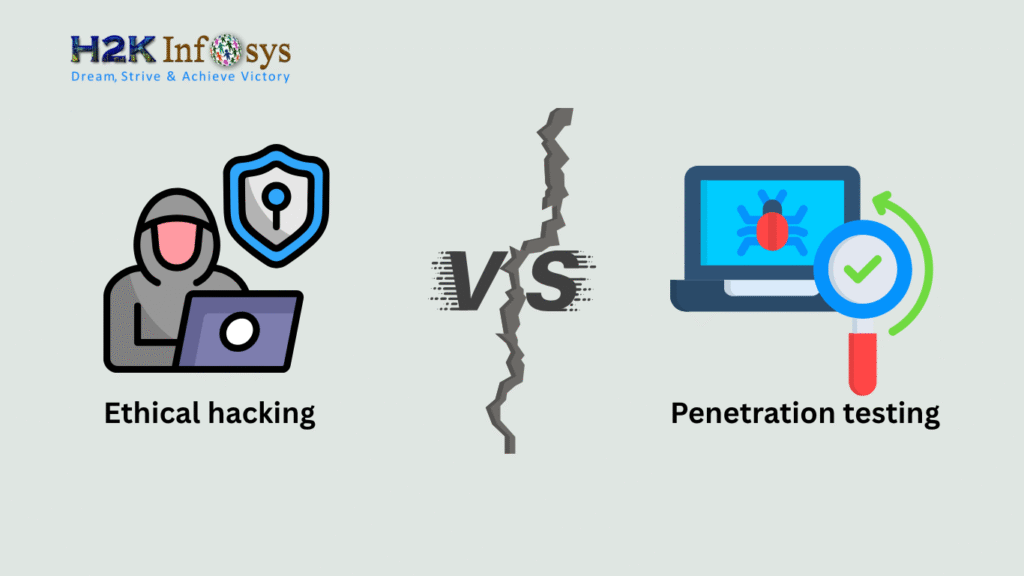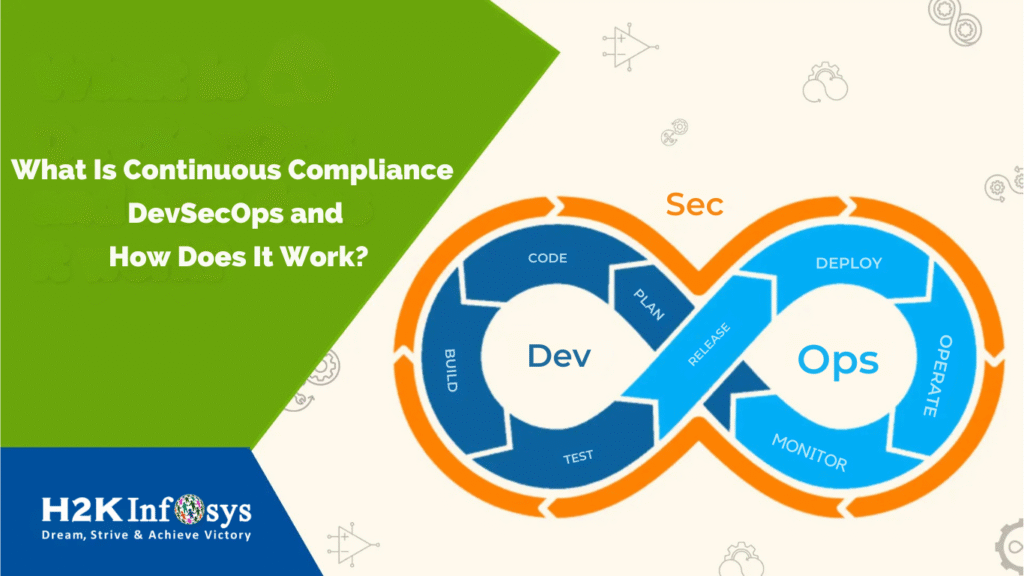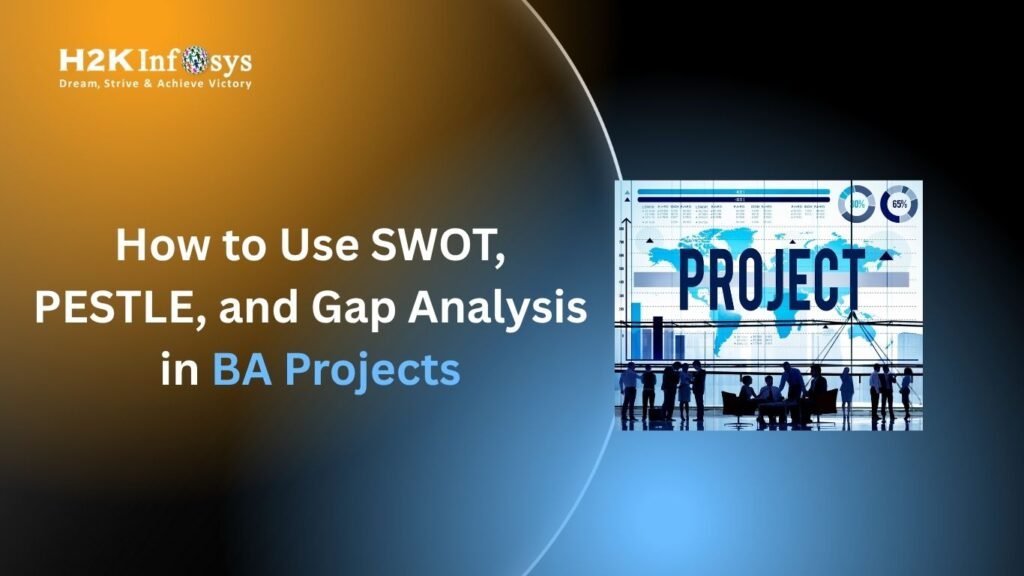As data science continues to revolutionize industries, the demand for skilled professionals in this field is skyrocketing. Organizations across sectors are increasingly relying on data driven insights to make strategic decisions, streamline operations, and gain a competitive edge. From healthcare and finance to retail and technology, data science is transforming the way businesses operate. At the core of this transformation are programming languages that empower data scientists to manipulate, analyze, and interpret vast datasets efficiently.
These programming languages for data science are essential because they provide the frameworks and libraries needed to extract valuable insights from raw data, automate processes, and develop predictive models. Among these languages, Python stands out as the most preferred tool for data scientists worldwide. Python’s popularity can be attributed to its versatility, ease of learning, and an extensive ecosystem of libraries specifically designed for data science tasks such as Pandas for data manipulation, NumPy for numerical computing, and Matplotlib or Seaborn for data visualization. Moreover, Python’s compatibility with machine learning frameworks like TensorFlow and scikit learn makes it indispensable for building robust models.
Its open source nature, strong community support, and continuous improvements also contribute to its widespread adoption. Python’s simplicity allows data scientists, even those with minimal coding experience, to implement complex algorithms and tackle advanced data challenges. As industries increasingly prioritize data literacy, Python continues to be a crucial tool, enabling professionals to harness the power of data and drive innovation forward.
In this blog post, we’ll explore the top programming languages for data science, with a specific focus on Python, which is central to the Data Science using Python Online Training course offered by H2K Infosys. Whether you’re looking for a Free online data science course or aiming for a data science online certification course, this post will give you valuable insights into the skills you need to thrive in the data science industry.
Why Learn Programming for Data Science?
Before diving into the specific programming languages for data science, it’s essential to understand why learning to program is fundamental to the field of data science. Programming forms the backbone of data science because it provides the necessary tools to manipulate, analyze, and interpret vast amounts of data. Without programming, a data scientist would be limited in their ability to perform tasks like data cleaning, statistical analysis, machine learning, and data visualization all of which are crucial to deriving meaningful insights from raw data.
Programming languages enable data scientists to write algorithms that drive automation, create models that predict outcomes, and perform advanced analyses that help uncover trends and patterns in datasets. These languages also empower them to manage large datasets efficiently, apply complex mathematical operations, and integrate data from various sources.
Additionally, mastering multiple programming languages gives data professionals the flexibility to choose the best tools for the task at hand. Since different languages offer unique strengths in areas like statistical computing, data manipulation, or machine learning, being multilingual in programming helps data scientists solve diverse challenges more effectively. In a rapidly evolving field like data science, where new technologies and methodologies are constantly emerging, having a strong programming foundation allows professionals to stay ahead and adapt quickly.
Top Programming Languages for Data Science
Python: The Leader in Data Science Programming
Python is by far the most popular and versatile language in data science. Its easy to understand syntax, vast libraries, and strong community support make it an ideal language for beginners and experienced data scientists alike. Here’s why Python dominates data science:
Key Features of Python for Data Science
- Extensive Libraries: Python boasts libraries like Pandas for data manipulation, NumPy for numerical computations, and Matplotlib for data visualization. Scikit-learn, TensorFlow, and PyTorch are popular for machine learning and deep learning applications.
- Ease of Learning: Python’s simple and readable syntax lowers the learning curve, making it easier for individuals transitioning into data science to pick up the language.
- Strong Community Support: Python has one of the largest communities of developers and data scientists, which means there’s a wealth of resources, tutorials, and forums to help learners.
Real-World Example: Using Python for Predictive Analytics
Let’s consider a real world example where Python’s powerful libraries are utilized for predictive analytics. A retail company wants to forecast sales based on historical data. Using Python’s Pandas and Scikit-learn libraries, the company can easily preprocess the data, build machine learning models, and make predictions that guide business decisions.
Enroll in H2K Infosys Data Science using Python Online Training and gain hands on experience working with these libraries in practical scenarios.
R: The Statistical Powerhouse
R is another widely used programming language in data science, particularly for statistical analysis and visualization. Although Python has gained more popularity in recent years, R remains a strong contender for anyone interested in deep statistical modeling.
Key Features of R for Data Science
- Comprehensive Statistical Packages: R provides a vast selection of packages like ggplot2, dplyr, and caret, tailored for statistical analysis and visualization.
- Customizable Visualizations: R’s ggplot2 allows for highly customizable visualizations, making it popular among statisticians.
- Data Manipulation: R excels in data manipulation tasks with packages like dplyr, making it an excellent choice for handling complex data transformations.
Practical Application: Data Visualization in Healthcare
A healthcare organization may use R to analyze patient data and visualize the results of medical treatments. R’s ability to handle complex statistical models and produce insightful graphs helps in identifying trends and making informed decisions.
SQL: The Database Language for Data Retrieval
Structured Query Language (SQL) is indispensable in data science, particularly when working with large datasets stored in relational databases. Although SQL is not a programming language in the traditional sense, it is crucial for querying and retrieving data for analysis.
Key Features of SQL for Data Science
- Efficient Data Retrieval: SQL allows users to quickly query, retrieve, and manipulate data from relational databases.
- Integration with Other Tools: SQL can be integrated with Python and R, enabling seamless data analysis workflows.
Example Use Case: E-commerce Data Analysis
Imagine an e-commerce company with a large customer database. SQL queries can help the company extract meaningful data, such as purchase history and customer behavior, which can then be analyzed using Python or R.
Java: A Versatile Language for Big Data Processing
Java is often used in big data environments where large scale data processing is required. Tools like Apache Hadoop and Apache Spark, which are commonly used for big data processing, are built on Java.
Key Features of Java for Data Science
- Scalability: Java’s scalability makes it an excellent choice for large scale data processing tasks.
- Integration with Big Data Tools: Java is the backbone of many big data technologies like Hadoop and Spark.
Case Study: Java in Financial Data Analysis
In the finance industry, big data technologies powered by Java can process enormous amounts of transactional data in real time, enabling faster decision making in high frequency trading scenarios.
Why Python is the Best Choice for Data Science Beginners
While all the programming languages mentioned above are valuable, Python remains the best starting point for beginners in data science. Its versatility, simplicity, and vast libraries make it the go to language for most data science tasks.
Here’s a simple Python example showing how to load and analyze a dataset using Pandas:
pythonimport pandas as pd
# Load dataset
data = pd.read_csv('sales_data.csv')
# View the first 5 rows
print(data.head())
# Perform basic data analysis
print(data.describe())
This simple code snippet demonstrates how Python allows for efficient data loading, visualization, and analysis in just a few lines of code.
H2K Infosys Data Science Using Python Online Training
If you’re looking to dive into data science, H2K Infosys Data Science using Python Online Training is a comprehensive course designed to equip you with the skills you need. The course covers:
- Python programming essentials
- Data analysis with Pandas
- Data visualization with Matplotlib and Seaborn
- Machine learning with Scikit-learn
- Real-world data science projects
Additionally, H2K Infosys offers free online data science courses that can help you get started, and you can advance to their Data science online certification course to validate your skills with industry-recognized credentials.
Conclusion
Data science is a broad field that requires a solid understanding of multiple programming languages, depending on the specific task at hand. Python is the most recommended language for beginners due to its ease of use and powerful libraries. R is preferred for statistical analysis, SQL is essential for database management, and Java shines in big data processing environments.
By enrolling in H2K Infosys Data Science using Python Online Training, you’ll get hands-on experience with Python, the leading programming language in the data science industry. Whether you’re just starting out or looking to advance your career, this course is your gateway to becoming a proficient data scientist.
Key Takeaways:
- Python is the most versatile and widely used programming language in data science.
- R is excellent for statistical modeling, while SQL is essential for data retrieval.
- Java is a valuable language for large scale data processing in big data environments.
- Enrolling in a data science training course like H2K’s Data Science using Python Online Training provides the practical skills and certification needed to excel in the industry.
Call to Action
Ready to start your journey in data science? Enroll in H2K Infosys Data Science using Python Online Training today and gain the skills to excel in the rapidly growing field of data science. Whether you’re looking for a free online data science course or aiming for a data science online certification course, H2K Infosys has everything you need to succeed!
